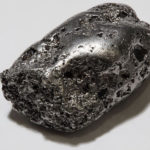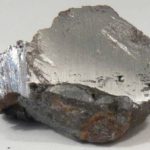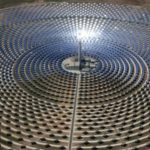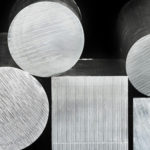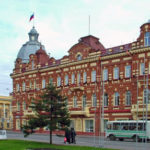15 interesting facts about magnets
Despite the fact that the interesting properties of magnets have long been known to mankind, their active use in the industrial sector began relatively recently, less than two centuries ago. But in the modern world it is impossible to imagine a single plant without magnets, and in various household appliances they are used everywhere. They are very important for the production of a wide variety of items, and, fortunately, they are quite inexpensive.
Some metals and minerals are not attracted to them, but rather repelled. These include, for example, zinc.
Magnets in the shape of a horseshoe appeared for a reason – this form allows you to bring their poles closer and, accordingly, enhance magnetic properties.
It is the Earth’s magnetic field that holds the atmosphere of our planet. But Mars has no magnetic field, because its core has cooled, and its atmosphere almost entirely as a result was blown away by the solar wind.
Some living things are guided not only by the stars, but also by the magnetic field of the earth. For example, turtles, especially during seasonal migrations.
In ancient China, people began to use magnets much earlier than in Europe. For the first time, Europeans saw a magnet when the famous merchant and traveler Marco Polo brought it from the Chinese Empire.
If the permanent magnet is heated to a high temperature, it will lose its properties and turn into a regular piece of metal. Even if it cools down later, the magnetic properties will not return to it.
Magnetic storms can easily damage electronic devices and disable them. They arise due to outbreaks in the sun.
The first mention of the properties of magnets is found in the writings of the scientist Thales, who lived in ancient Greece in the VI century BC.
Now magnetic boards are widespread around the world, on which you can easily and conveniently write. A group of American students invented them in 2008.
Magnetic force made it possible to create the world’s fastest trains – Muggle (magnetic-levitating trains). Thanks to the magnets, they repel from the rail and do not touch it, but slide over it. You can ride an active Muggle in China, where a Muggle runs between Shanghai and Shanghai Airport, developing speeds in excess of 400 km / h.
In Chinese, the word “magnet” literally means “loving stone.”
One version of the origin of the word “magnet” goes back to the legend of a shepherd named Magnus, who accidentally discovered that the iron heels on his boots were attracted to the stone.
The main difference between permanent magnets and electric magnets is that electric ones acquire their properties only under the influence of current.
Perhaps the most valuable invention for sailors was the magnetic compass that appeared in the 11th century. However, in ancient China, people came up with a simple analogue of this device in the III century BC.
It is magnets that are the most popular souvenirs purchased by tourists in the world.


